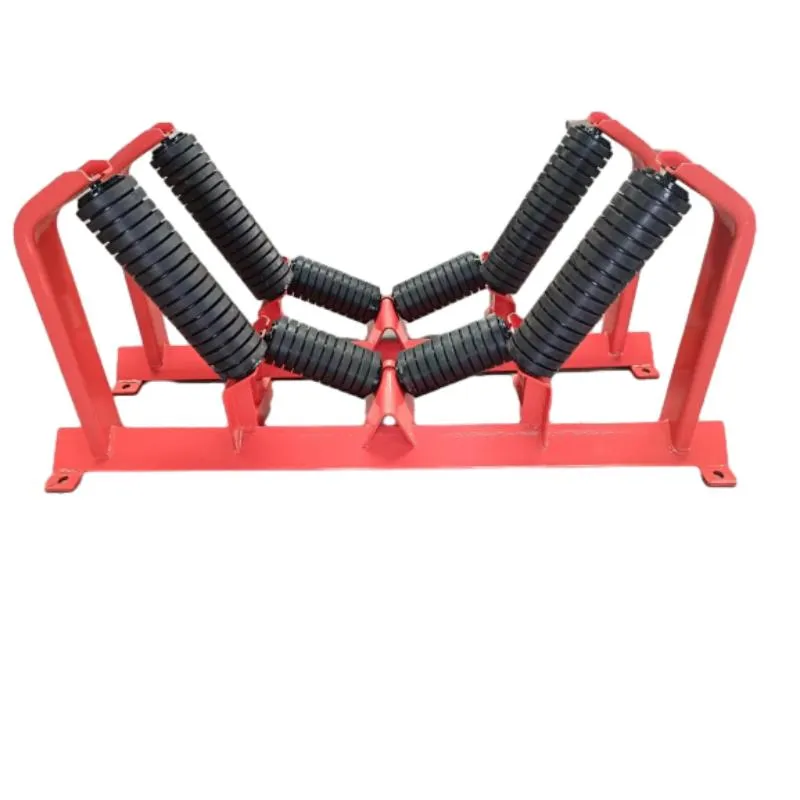 Afrikaans
Afrikaans  Albanian
Albanian  Amharic
Amharic  Arabic
Arabic  Armenian
Armenian  Azerbaijani
Azerbaijani  Basque
Basque  Belarusian
Belarusian  Bengali
Bengali  Bosnian
Bosnian  Bulgarian
Bulgarian  Catalan
Catalan  Cebuano
Cebuano  Corsican
Corsican  Croatian
Croatian  Czech
Czech  Danish
Danish  Dutch
Dutch  English
English  Esperanto
Esperanto  Estonian
Estonian  Finnish
Finnish  French
French  Frisian
Frisian  Galician
Galician  Georgian
Georgian  German
German  Greek
Greek  Gujarati
Gujarati  Haitian Creole
Haitian Creole  hausa
hausa  hawaiian
hawaiian  Hebrew
Hebrew  Hindi
Hindi  Miao
Miao  Hungarian
Hungarian  Icelandic
Icelandic  igbo
igbo  Indonesian
Indonesian  irish
irish  Italian
Italian  Japanese
Japanese  Javanese
Javanese  Kannada
Kannada  kazakh
kazakh  Khmer
Khmer  Rwandese
Rwandese  Korean
Korean  Kurdish
Kurdish  Kyrgyz
Kyrgyz  Lao
Lao  Latin
Latin  Latvian
Latvian  Lithuanian
Lithuanian  Luxembourgish
Luxembourgish  Macedonian
Macedonian  Malgashi
Malgashi  Malay
Malay  Malayalam
Malayalam  Maltese
Maltese  Maori
Maori  Marathi
Marathi  Mongolian
Mongolian  Myanmar
Myanmar  Nepali
Nepali  Norwegian
Norwegian  Norwegian
Norwegian  Occitan
Occitan  Pashto
Pashto  Persian
Persian  Polish
Polish  Portuguese
Portuguese  Punjabi
Punjabi  Romanian
Romanian  Russian
Russian  Samoan
Samoan  Scottish Gaelic
Scottish Gaelic  Serbian
Serbian  Sesotho
Sesotho  Shona
Shona  Sindhi
Sindhi  Sinhala
Sinhala  Slovak
Slovak  Slovenian
Slovenian  Somali
Somali  Spanish
Spanish  Sundanese
Sundanese  Swahili
Swahili  Swedish
Swedish  Tagalog
Tagalog  Tajik
Tajik  Tamil
Tamil  Tatar
Tatar  Telugu
Telugu  Thai
Thai  Turkish
Turkish  Turkmen
Turkmen  Ukrainian
Ukrainian  Urdu
Urdu  Uighur
Uighur  Uzbek
Uzbek  Vietnamese
Vietnamese  Welsh
Welsh  Bantu
Bantu  Yiddish
Yiddish  Yoruba
Yoruba  Zulu
Zulu Return Idlers for Conveyor Systems Maximizing Efficiency and Durability
Understanding Conveyor Return Idlers Essential Components of Material Handling Systems
In the realm of industrial operations, conveyor systems play a pivotal role in transporting materials efficiently and effectively. Among the many components that constitute these systems, conveyor return idlers are crucial for ensuring smooth functionality and minimizing operational costs. This article delves into the significance of conveyor return idlers, their design, types, maintenance, and their overall impact on conveyor efficiency.
What are Conveyor Return Idlers?
Conveyor return idlers are cylindrical components that support the return side of the conveyor belt as it travels back to the head pulley after discharging its load. These idlers are positioned underneath the belt and help maintain its shape, tension, and alignment, thus preventing sagging and ensuring that the belt operates smoothly. Idlers are integral to reducing friction between the belt and conveyor structure, extending the life of the conveyor belt while ensuring optimal performance.
The Importance of Conveyor Return Idlers
1. Load Support Return idlers bear the weight of the empty belt running back to the loading point. They distribute the load uniformly across the belt, minimizing stress on specific areas.
2. Belt Alignment Proper alignment is crucial for efficient conveyor operation. Return idlers help maintain the belt’s alignment, preventing tracking issues that can lead to excessive wear and unexpected downtime.
3. Friction Reduction By providing a smooth rolling surface for the belt to travel over, return idlers help reduce friction. Lower friction levels lead to decreased energy consumption, thereby reducing operational costs.
4. Impact Absorption When materials are discharged, the sudden weight and force can lead to shock loads on the return side. Idlers can absorb some of this impact, thereby protecting the conveyor structure and minimizing wear.
5. Ease of Maintenance Return idlers are typically designed for easy replacement and maintenance. Regular inspections and timely replacements support the uninterrupted functioning of conveyor systems.
Types of Conveyor Return Idlers
Conveyor return idlers come in various designs, each suited for different applications and environments. The most common types include
1. Flat Return Idlers These are the simplest form of return idlers and are used for standard applications where the belt surface needs minimal support.
conveyor return idlers

2. V-Return Idlers Shaped like a V, these idlers help in keeping the belt centered and are particularly useful in applications where belt tracking is a concern.
3. Rubber Coated Idlers These idlers feature a rubber surface that enhances friction, preventing belt slipping. They are often utilized in high-speed applications.
5. Self-Aligning Idlers Designed with a pivotal mounting, these idlers can align themselves based on the belt's position, thus improving tracking performance and reducing wear.
Maintenance of Conveyor Return Idlers
Proper maintenance of return idlers is essential for maximizing conveyor lifespan and performance. Here are some maintenance tips
1. Regular Inspections Check for signs of wear, damage, and misalignment on both idlers and the conveyor belt itself.
2. Lubrication Ensure that bearings and other moving parts are adequately lubricated to reduce friction and wear.
3. Realignment Regularly verify that the idlers are correctly aligned to maintain belt tracking. Adjustments should be made as needed.
4. Replacement Timely replacement of worn or damaged idlers is crucial for preventing operational disruptions and maintaining efficiency.
5. Cleaning Keep the idlers clean from deposits and debris that could cause imbalance or friction issues.
Conclusion
In conclusion, conveyor return idlers are vital components that significantly influence the efficiency, longevity, and performance of conveyor systems. Understanding their role, types, and maintenance requirements is crucial for anyone involved in the management or operation of material handling systems. By ensuring proper installation and maintenance of return idlers, businesses can enhance productivity, reduce costs, and optimize their overall material handling processes. Whether in mining, manufacturing, or warehousing, these seemingly small components serve as the backbone of conveyor functionality, highlighting their indispensable value in modern industrial applications.
-
Revolutionizing Conveyor Reliability with Advanced Rubber Lagging PulleysNewsJul.22,2025
-
Powering Precision and Durability with Expert Manufacturers of Conveyor ComponentsNewsJul.22,2025
-
Optimizing Conveyor Systems with Advanced Conveyor AccessoriesNewsJul.22,2025
-
Maximize Conveyor Efficiency with Quality Conveyor Idler PulleysNewsJul.22,2025
-
Future-Proof Your Conveyor System with High-Performance Polyurethane RollerNewsJul.22,2025
-
Driving Efficiency Forward with Quality Idlers and RollersNewsJul.22,2025





























